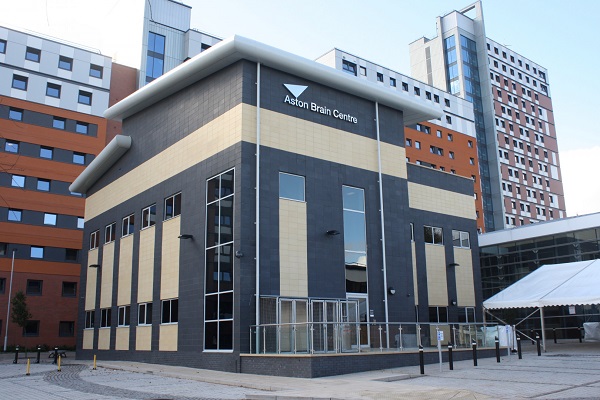Aston University: New method of examining the brain’s electrical signals could hold the key to better treatment of epilepsy and schizophrenia
A new method of examining the brain’s electrical signals could hold the key to better treatment and understanding of conditions like epilepsy and schizophrenia.
Researchers at Aston University are exploring new ways to ‘listen’ to and record electrical signals emitted from brain cells, which could be used to help treat the conditions.
Dr Petro Lutsyk, lecturer in electronic engineering and systems in the College of Engineering and Physical Sciences and member of Aston Institute of Photonic Technologies (AIPT), together with
Dr Stuart Greenhill, senior lecturer in neuroscience in the College of Health and Life Sciences and member of Aston Institute of Health and Neurodevelopment (IHN), have been awarded £100,000 by the Royal Society to conduct the project Nanomaterial Webs for Revolutionary Brain Recording.
Currently, epilepsy patients who can’t be helped by drugs may undergo brain surgery in order to prevent seizures, removing the part of the brain that is the ‘focus’ of the seizures.
Dr Greenhill said: “The research project will use newly developed nanomaterials to keep samples of brain healthy and active for far longer than current technology allows, whilst recording the activity of the tissue.
“This allows more understanding of what generates epileptic seizures and opens up new avenues for drug development, meaning fewer surgeries may be needed in the future.
“Eventually, the technology may lead to new and better ways of recording from patients’ brains before surgery.”
The two-year project will see materials and electronic engineering applied to translational neuroscience research.
The grant is from the Royal Society APEX Awards scheme (Academies Partnership in Supporting Excellence in Cross-disciplinary research award) which offers researchers with a strong track record in their area an opportunity to pursue interdisciplinary research to benefit wider society.

